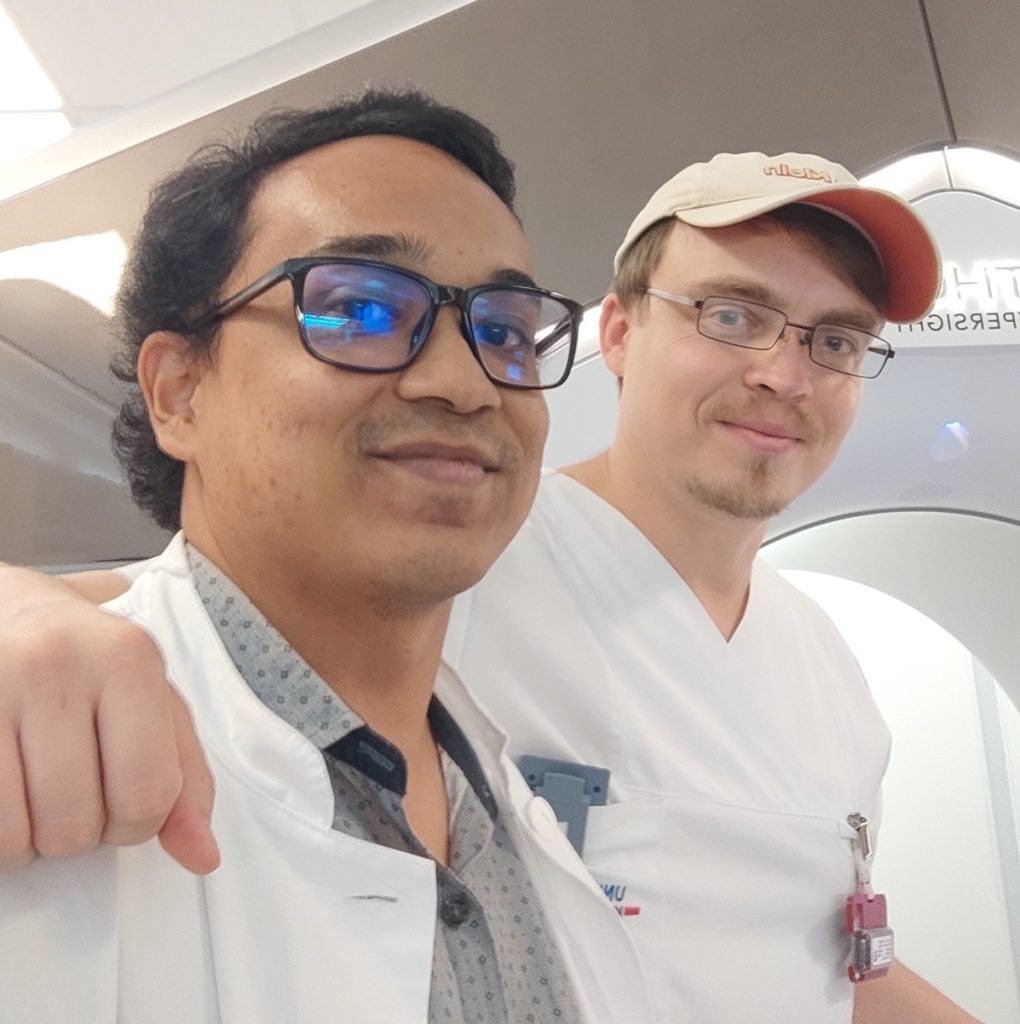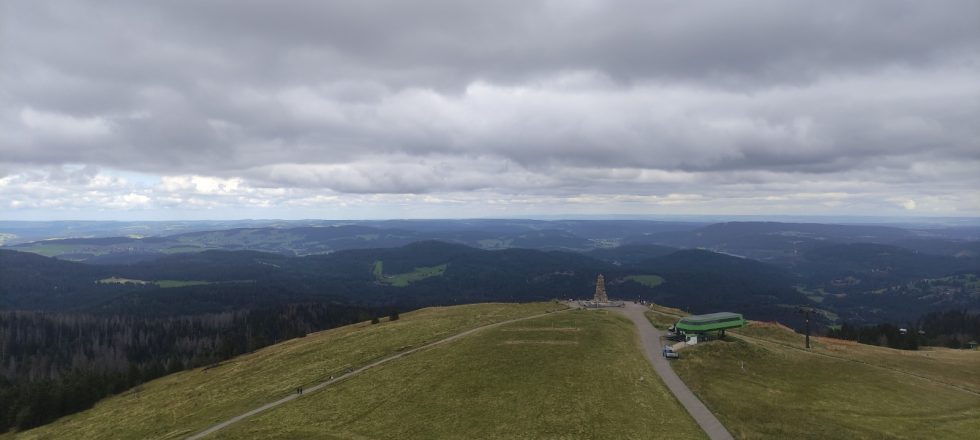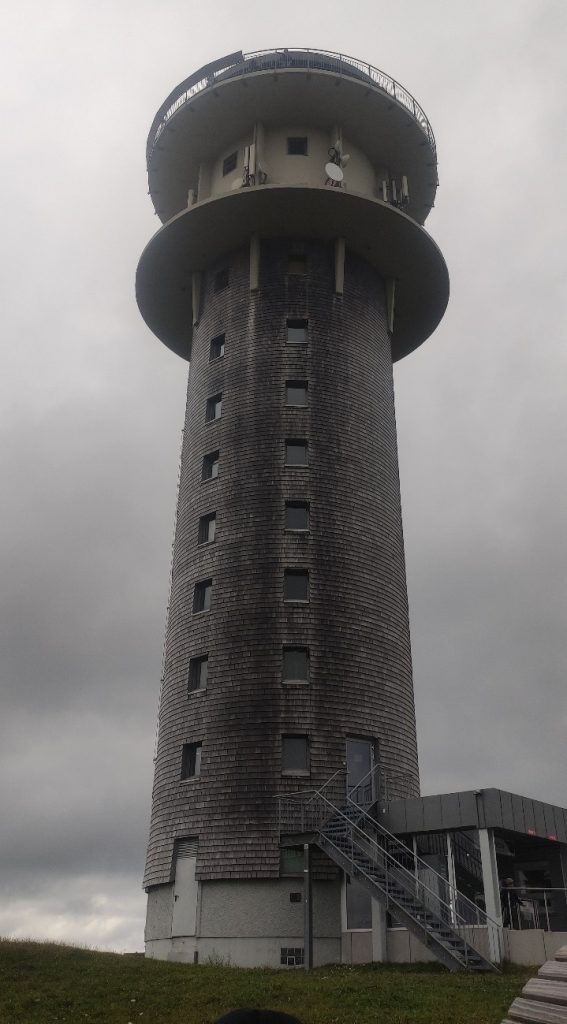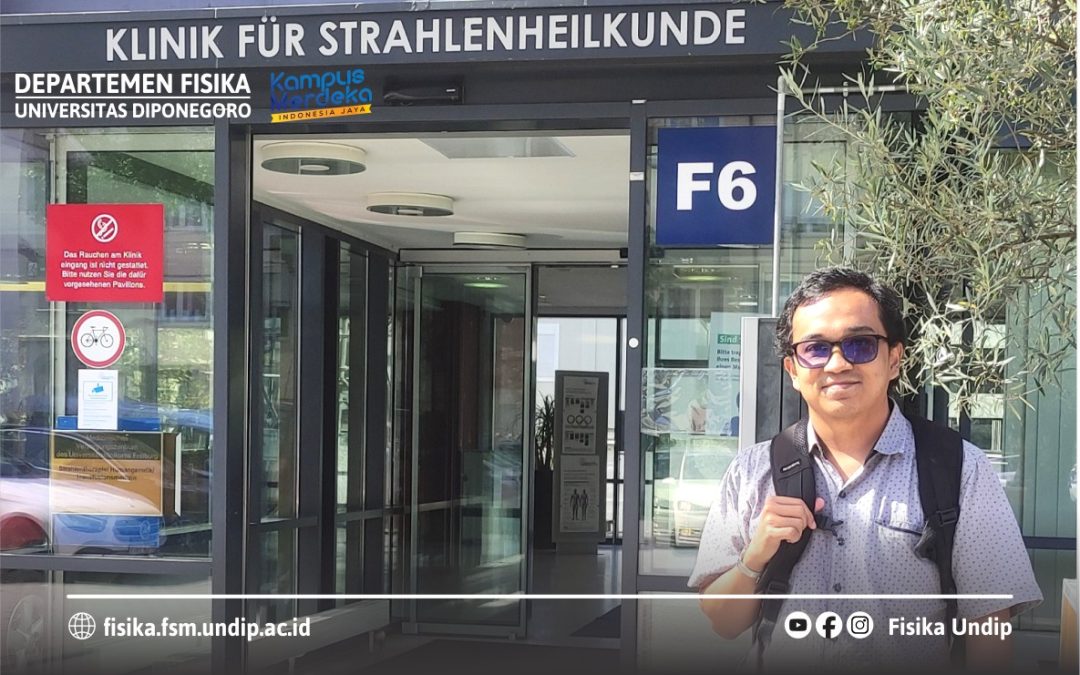On 16th August 2024, me Rizki Budiman from university of diponegoro and Ida Prasinda Putri from Universitas Indonesia embarked on a study trip to Freiburg, Germany. The primary objective of the trip was to visit the Department of Radiation Oncology Medical Center University of Freiburg. This was done to further support Sustainable Development Goals SDG-DAAD project for Development of Medical Physics Teaching and Research in Indonesia. The trip was fully funded, and it lasted for two weeks.
One of the most insightful activities where we observed intraoperative radiotherapy (IORT) for breast cancer treatment by INTRABEAM. This advanced procedure allows for targeted radiation during surgery, minimizing damage to surrounding healthy tissues. We were given an in-depth explanation of how IORT works and its benefits in reducing recurrence rates for breast cancer patients. Alexander Konradi, the medical physicist, walked us through the various stages of the procedure.

Next thing we observed is the planning and execution of total body irradiation (TBI) using a Varian TrueBeam linear accelerator for leukemia patients. TBI is an essential step in preparing leukemia patients for bone marrow transplants, as it helps eliminate cancerous cells and suppress the immune system to reduce the risk of transplant rejection. The staff planned the irradiation by computed tomography (CT) imaging but a second CT imaging needs to be done just before the total body irradiation. This is done to properly align the lung shield as most of the immune system weakens and bacterial infection is likely to occur. Observing how the shield was carefully adjusted to ensure comprehensive and safe radiation delivery gave us valuable insights into necessary details in Radiotherapy.
Aside from IORT and TBI, we also learnt about Brachytherapy, Tomotherapy, and Adaptive Radiotherapy. Also with the help of the clinic’s medical physicist, we managed to arrange water phantom dose measurement by electron beams. This took a lot of time and must be done after clinic hours. The achieved data on this measurement is usable for our thesis.

Throughout the weekends, we had the opportunity to explore several notable cultural and natural sites in the region. One of our visits was to Lake Titisee, a serene freshwater lake nestled in the heart of the Black Forest, where we enjoyed the scenic views. Another highlight of our weekend was a trip to the Feldberg Tower, located on the highest peak of the Black Forest. From the tower’s observation deck, we were able to take in breathtaking panoramic views of the surrounding landscapes, which provided a deeper appreciation of the region’s natural beauty. Additionally, we explored some of Freiburg’s local tourist attractions, including its charming old town with its cobblestone streets, historic architecture, and the iconic Freiburg Minster cathedral. What made these visits even more convenient was the accessibility of all these sites, as they were easily reached using the local transportation network.

In conclusion, the two-week study trip to Freiburg offered us invaluable insights into the field of radiotherapy, enhancing both our academic knowledge and practical understanding of cutting-edge cancer treatment techniques. The trip also provided a rich cultural experience. Exploration of Freiburg’s cultural and natural landmarks enriched the overall experience. Overall, the combination of these events made this study trip an unforgettable and profoundly impactful experience.


